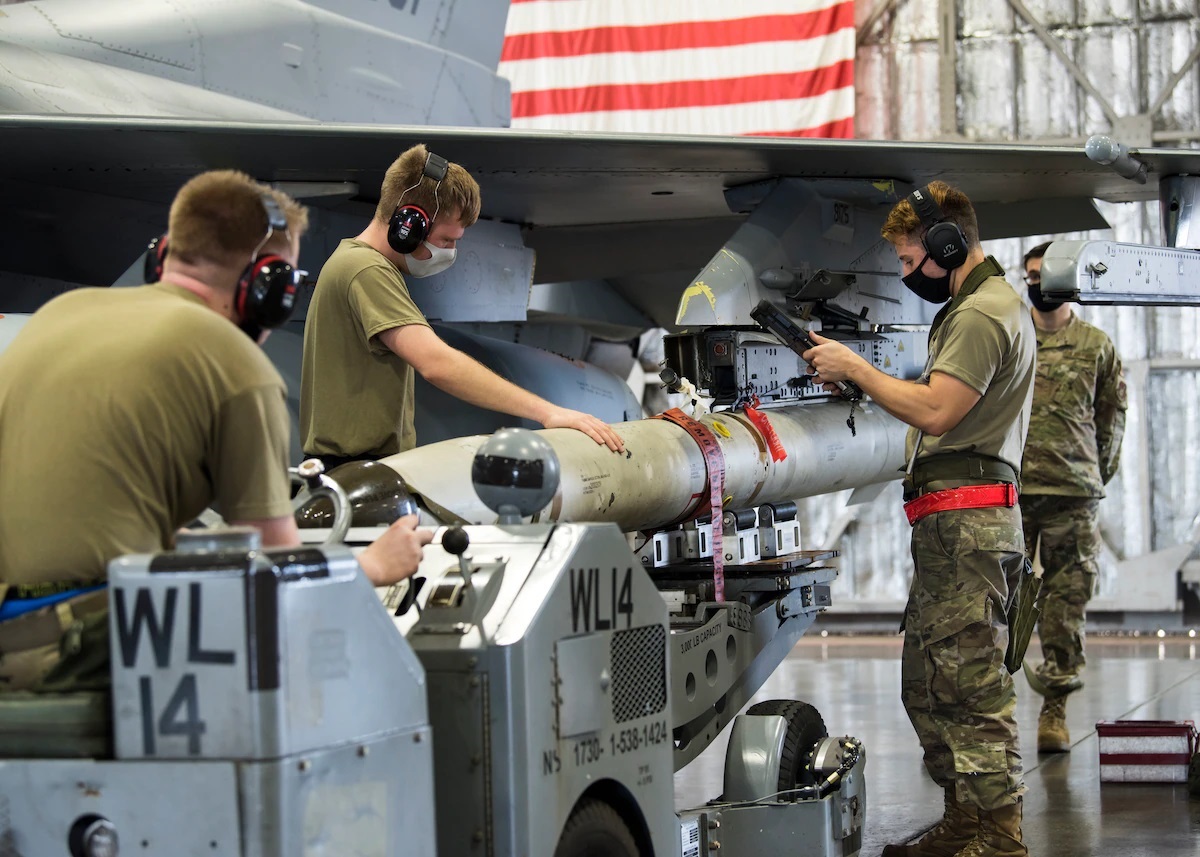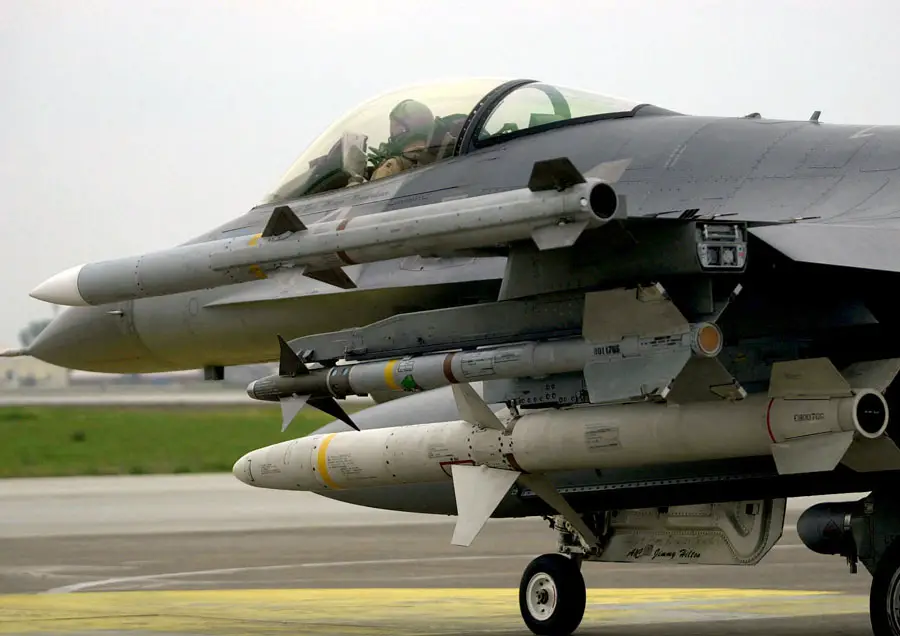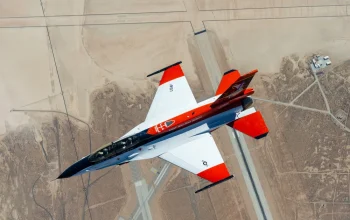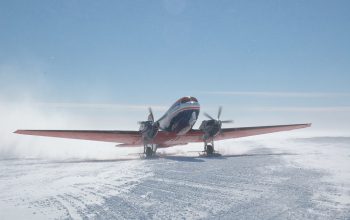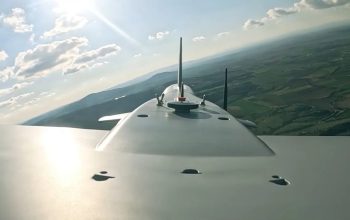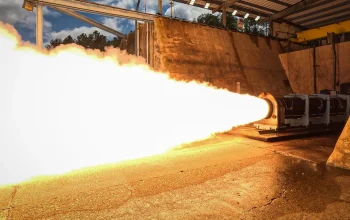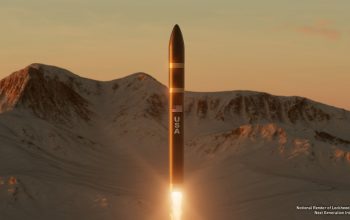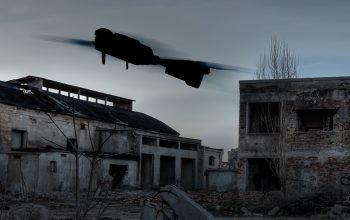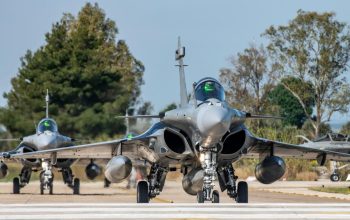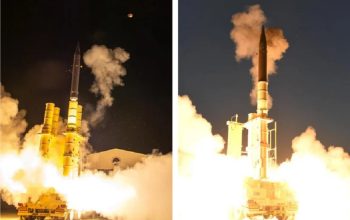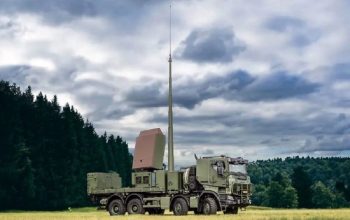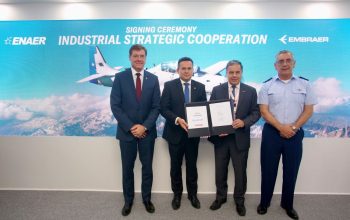Raytheon Missiles and Defense, Tucson, Arizona, is awarded a $67,250,750 firm-fixed-price modification to a previously awarded, indefinite-delivery/indefinite-quantity contract. This modification exercises an option to continue to provide High-speed Anti-Radiation Missile (HARM) guidance section and control section repairs, guidance section refurbishments, and guidance section subassembly repairs for the Navy, Air Force, and Foreign Military Sales customers. Work will be performed in Tucson, Arizona, and is expected to be completed in March 2024. The Naval Air Systems Command, Patuxent River, Maryland, is the contracting activity.
The AGM-88 HARM (High-speed Anti-Radiation Missile) is a tactical, air-to-surface anti-radiation missile designed to home in on electronic transmissions coming from surface-to-air radar systems. It was originally developed by Texas Instruments as a replacement for the AGM-45 Shrike and AGM-78 Standard ARM system. Production was later taken over by Raytheon Corporation when it purchased the defense production business of Texas Instruments. The AGM-88 can detect, attack and destroy a radar antenna or transmitter with minimal aircrew input. The proportional guidance system that homes in on enemy radar emissions has a fixed antenna and seeker head in the missile’s nose.
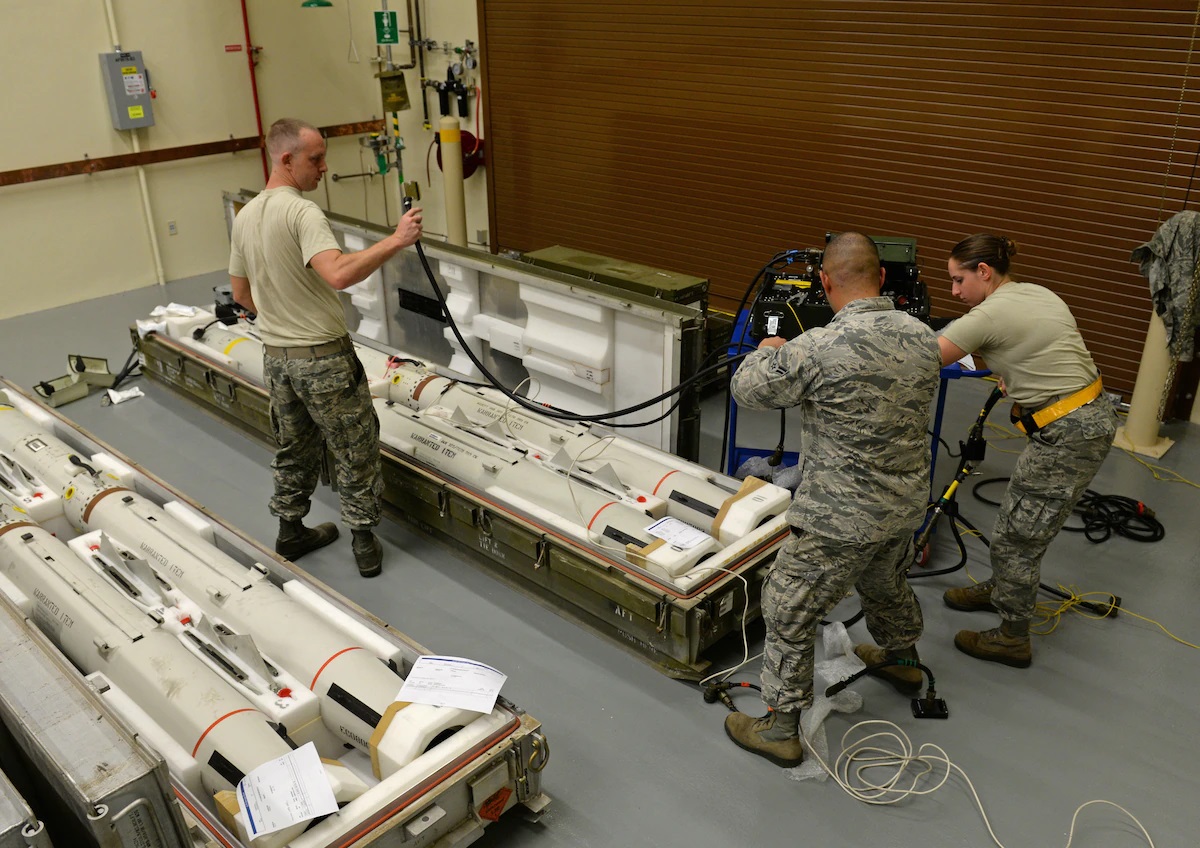
A smokeless, solid-propellant, booster-sustainer rocket motor propels the missile at speeds over Mach 2.0. The HARM missile was a program led by the U.S. Navy, and it was first carried by the A-6E, A-7, and F/A-18A/B aircraft, and then it equipped the EA-6B aircraft. RDT&E for use on the F-14 aircraft was begun, but not completed. The U.S. Air Force (USAF) put the HARM onto the F-4G Wild Weasel aircraft, and later on specialized F-16s equipped with the HARM Targeting System (HTS). The HTS pod, used by the USAF only, allows F-16s to detect and automatically target radar systems with HARMs instead of relying on the missile’s sensors alone.
The HARM missile was approved for full production in March 1983, obtained initial operating capability (IOC) on the A-7E Corsair II in late 1983 and then deployed in late 1985 with VA-46 aboard the aircraft carrier USS America. In 1986, the first successful firing of the HARM from an EA-6B was performed by VAQ-131.”Magnum” is spoken over the radio to announce the launch of an AGM-88. During the Gulf War, if an aircraft was illuminated by enemy radar a bogus “Magnum” call on the radio was often enough to convince the operators to power down. A newer upgrade, the AGM-88E Advanced Antiradiation Guided Missile (AARGM), features the latest software, enhanced capabilities intended to counter enemy radar shutdown, and passive radar using an additional active millimeter-wave seeker.
